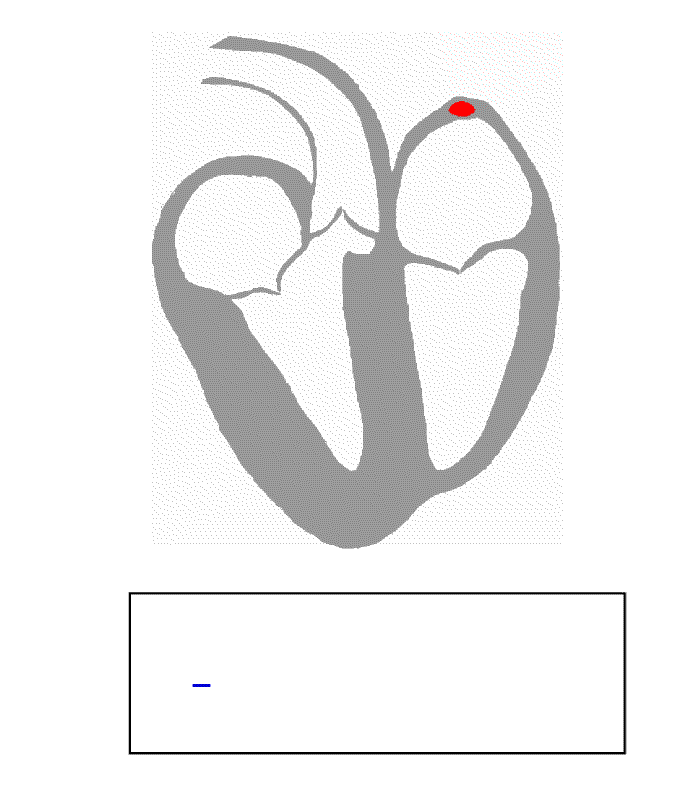How to mend a broken heart?
...and how systems biology can be of help
Mervi Sepp
Cybi seminar, Roosta 2013
What happens when the heart beats?
Combination of mechanical, electrical, chemical actions

Systems of the heart
- Arteries
- Muscle
-
Conductive
tissue - Valves
- Heart attack
- Heart failure
-
Sudden cardiac
arrest, arrhythmia -
Heart valve disease
-
Plumbing system
- Mechanical system
-
Electrical
system - Valve system




Medical targets
- Reduce the risk of clots
- Affect the consistency of the blood
- Widen blood vessels
- Remove excess water from the organism
- Affect the nervous system
cellular energy metabolism
Cellular metabolism
Cellular metabolism


Cellular metabolism


Cellular metabolism



Cellular level
Medical targets:
change the blood consistency, blood vessels
affect the ionic channels
Anti-platelet drugs help to make the blood less ‘sticky’, reduce the risk of clots forming and therefore reduce your risk of having a heart attack or stroke.
Anticoagulants prevent the protein fibrin from forming and so prevent harmful blood clots from developing.
ACE inhibitors can reduce the activity of an enzyme called angiotensin-converting enzyme – or ACE for short. This enzyme has a powerful narrowing effect on the blood vessels, leading to an increase in blood pressure. ACE inhibitors work by making your blood vessels relax and widen, which helps improve the flow of blood to your heart muscle.
Beta-blockers act by slowing your heart rate and preventing your heart beating too quickly and too forcefully. This reduces the amount of work the heart has to do and also increases the amount of blood that your heart is able to pump with each beat.
Calcium-channel blockers reduce the amount of calcium entering the muscle cells of the arteries, causing them to relax and widen. This means that more blood can get through to the heart, and the heart doesn’t have to work so hard to pump blood around the body.
Nitrates relax the muscles in the walls of the arteries and veins and make them wider. This improves the amount of oxygen-rich blood that is supplied to the heart. Nitrates also make it easier for the heart to pump blood around the body, so they help to reduce the workload of the heart.
Potassium-channel activators relax the walls of the coronary arteries, improving the flow of blood to your heart. They have a similar effect to nitrates, but they do not appear to become less effective with continued use.
Diuretics - also called water tablets - act on the kidneys to increase the output of water and salt in the urine. They remove excess water from the body - which could be caused by your heart not pumping as efficiently as it should – and reduce the workload of the heart.
Systems biology

organism
organ
functional unit
cells
organelles
molecules





References
- http://interferente.ro
- Glycolyse scheme wikipedia
- http://www.bostonscientific.com
- Zhou et al. AJP - Heart and Circulatory Physiology 2005 Vol. 288 H2400-H2411
- http://www.erincurren.com
- http://www.ideaconnection.com
- http://www.hopkinsmedicine.org
- http://www.edoctoronline.com
- http://www.krishnalounge.com
- http://biology.about.com
How to mend a broken heart?
By Mervi Sepp
How to mend a broken heart?
- 5,440


